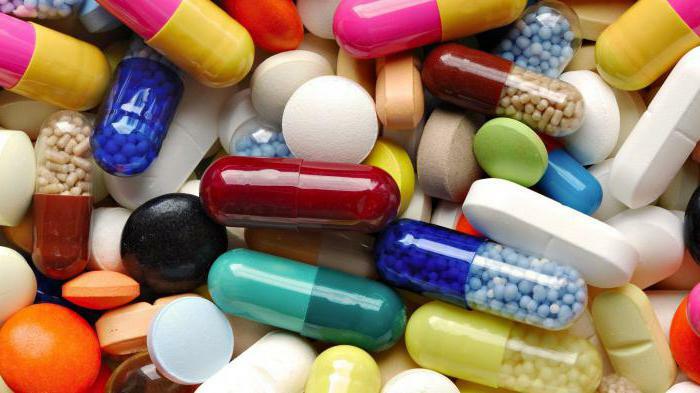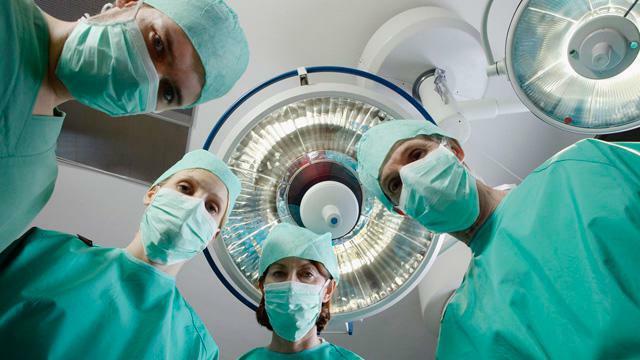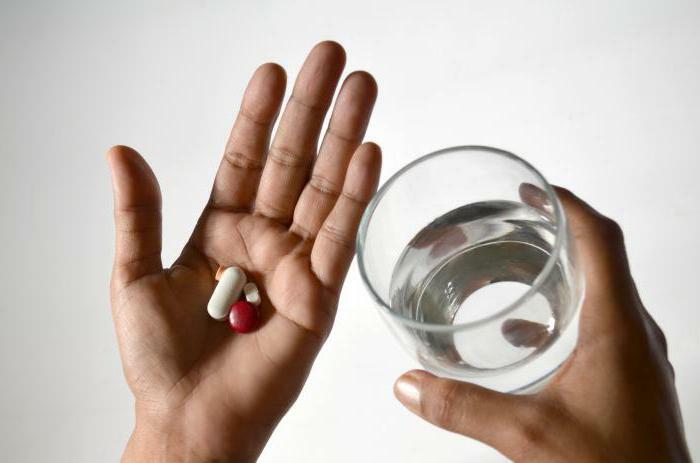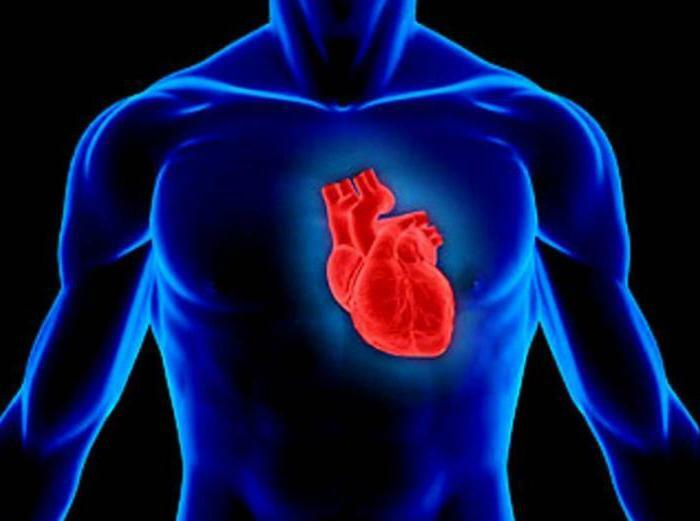What is the automatism of the heart? Violation of the automatism of the heart
What is the automatism of the heart? The answer to this question can be found in the article below. In addition, it contains information about violations of human health associated with this concept.
What is the automatism of the heart?
Muscle fibers in the human body have the ability to respond to an irritating impulse by contraction and then sequentially transmit this contraction throughout the muscular structure. It is proved that an isolated cardiac muscle is capable of generating excitation independently and performing rhythmic contractions. This ability is called the automatism of the heart. 
Causes of cardiac automatism
To understand what the automaticity of the heart is, you can from the following. The heart has a specific ability to generate an electric pulse and then conduct it to the muscle structures.
The sinoatrial node is a cluster of pacemaker cells of the first type( contains about 40% mitochondria, loose myofibrils, there is no T-system, contains a large amount of free calcium, has an underdeveloped sarcoplasmic network), is located in the right wall of the superior vena cava, at the point of confluence in the right vena cavaatrium.
The atrioventricular node is formed by transitional cells of the second type, which conduct a pulse from the sinoatrial node, but under special conditions they can generate an electric charge on their own. Transitional cells contain less mitochondria( 20-30%) and slightly more myofibrils than first-order cells. The atrioventricular node is located in the interatrial septum, along which excitation is transmitted to the bundle and the legs of the bundle of His( contain 20-15% mitochondria).
Purkinje fibers are the next stage of excitation transfer. They depart approximately at the midpoint of the septum from each of the two legs of the bundle of His. Their cells contain about 10% mitochondria, the structure is somewhat more like cardiac muscle fibers.
Spontaneous generation of an electrical impulse occurs in the pacemaker cells of the sinoatrial node, which potentiates an excitation wave that stimulates 60-80 contractions per minute. He is a driver of the first order. Then, the generated wave is transferred to conductive structures of the second and third levels. They are able both to carry out excitation waves and independently induce contractions of a lower frequency. The driver of the second level after the sinus node is the atrioventricular node, which is able to independently create 40-50 bits per minute in the absence of suppressive activity of the sinus node. The excitation is then transferred to the structures of the bundle of the Guiss which reproduces 30-40 cuts per minute, then the electric charge flows onto the legs of the bundle of the Guiss( 25-30 pulses per minute) and the Purkinje fiber system( 20 pulses per minute) and enters the working muscle cells of the myocardium.
Usually pulses from the sinoatrial node suppress the independent ability to electrical activity of the underlying structures. If the functioning of the driver of the first order is violated, then the lower links of the conducting system are taking over. 
Chemical Processes that Automatize the Heart
What is the Automatism of the Heart in terms of Chemistry? At the molecular level, the basis for the independent appearance of an electric charge( action potential) on the membranes of pacemaker cells is the presence of a so-called impulse. His work( the function of automatism of the heart) contains three stages.
Stages of the impulse:
- Phase 1 preparatory( as a result of the interaction of superoxide oxide with positively charged phospholipids on the surface of the pacemaker cell membrane, it acquires a negative charge, this breaks the resting potential);
- The 2nd phase of the active transport of potassium and sodium, during which the external charge of the cell becomes +30 mW;
- The third phase of the electrochemical jump is the energy that occurs when the active forms of oxygen( ionized oxygen and hydrogen peroxide) are disposed of with the enzymes of superoxide dismutase and catalase. The resulting energy quanta increase the pacemaker's bio-potential to such an extent that it induces an action potential.
The processes of pulse generation by pacemaker cells necessarily occur in the presence of sufficient presence of molecular oxygen, which is delivered to them by the erythrocytes of the incoming blood. 
Decrease in the level of work or partial termination of the functioning of one or several stages of the impulse system disrupts the coordinated work of the pacemaker cells, which causes arrhythmias. Blocking one of the processes of this system causes sudden cardiac arrest. Understanding what automaticity of the heart is, one can realize this process.
The effect of the autonomic nervous system on the operation of the heart muscle
In addition to its own ability to generate electrical impulses, the heart's work is controlled by signals from the innervating muscles of sympathetic and parasympathetic nerve endings, in case of failure of which a violation of the automaticity of the heart is possible.
The impact of the sympathetic department accelerates the work of the heart, has a stimulating effect. Sympathetic innervation has a positive chronotropic, inotropic, dromotropic effect.
Under the predominant action of the parasympathetic nervous system, the depolarization of the pacemaker cells slows down( inhibitory action), which means that the decrease in cardiac rhythm( negative chronotropic action), a decrease in conduction inside the heart( negative dromotropic action), a decrease in the energy of systolic contraction( negative inotropic action),but the excitability of the heart increases( a positive Batmotrope action).The latter is also accepted as a violation of the automatic heart function. 
Causes of a violation of the automatic heart
- Ischemia of the myocardium.
- Inflammation.
- Intoxication.
- Violation of the balance of sodium, potassium, magnesium, calcium.
- Hormonal dysfunction.
- Impairment of the effects of autonomic sympathetic and parasympathetic endings.
Types of rhythm disorders due to a violation of the automatic heart
- Sinus tachy and bradycardia.
- Respiratory( juvenile) arrhythmia.
- Extrasystolic arrhythmia( sinus, atrial, atrioventricular, ventricular).Paroxysmal tachycardia.
 There are arrhythmias due to a violation of automatism and conductivity with the formation of a circulating wave of excitation( a wave of re-entry) in one particular or several parts of the heart, resulting in atrial fibrillation or flutter.
There are arrhythmias due to a violation of automatism and conductivity with the formation of a circulating wave of excitation( a wave of re-entry) in one particular or several parts of the heart, resulting in atrial fibrillation or flutter.
Ventricular fibrillation is one of the most life-threatening arrhythmias, the result of which is sudden cardiac arrest and death. The most effective method of treatment is electrical defibrillation. 
Conclusion
So, after considering what is the automaticity of the heart, you can understand what violations are possible in the case of the disease. This, in turn, makes it possible to fight the disease with more optimal and effective methods.
